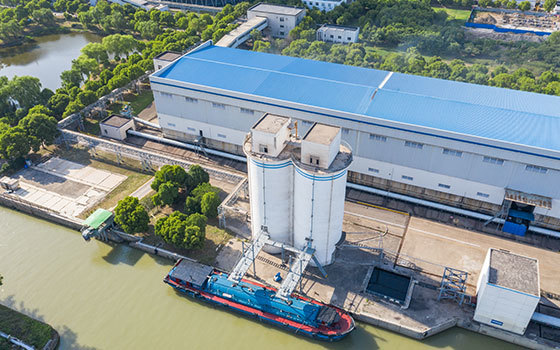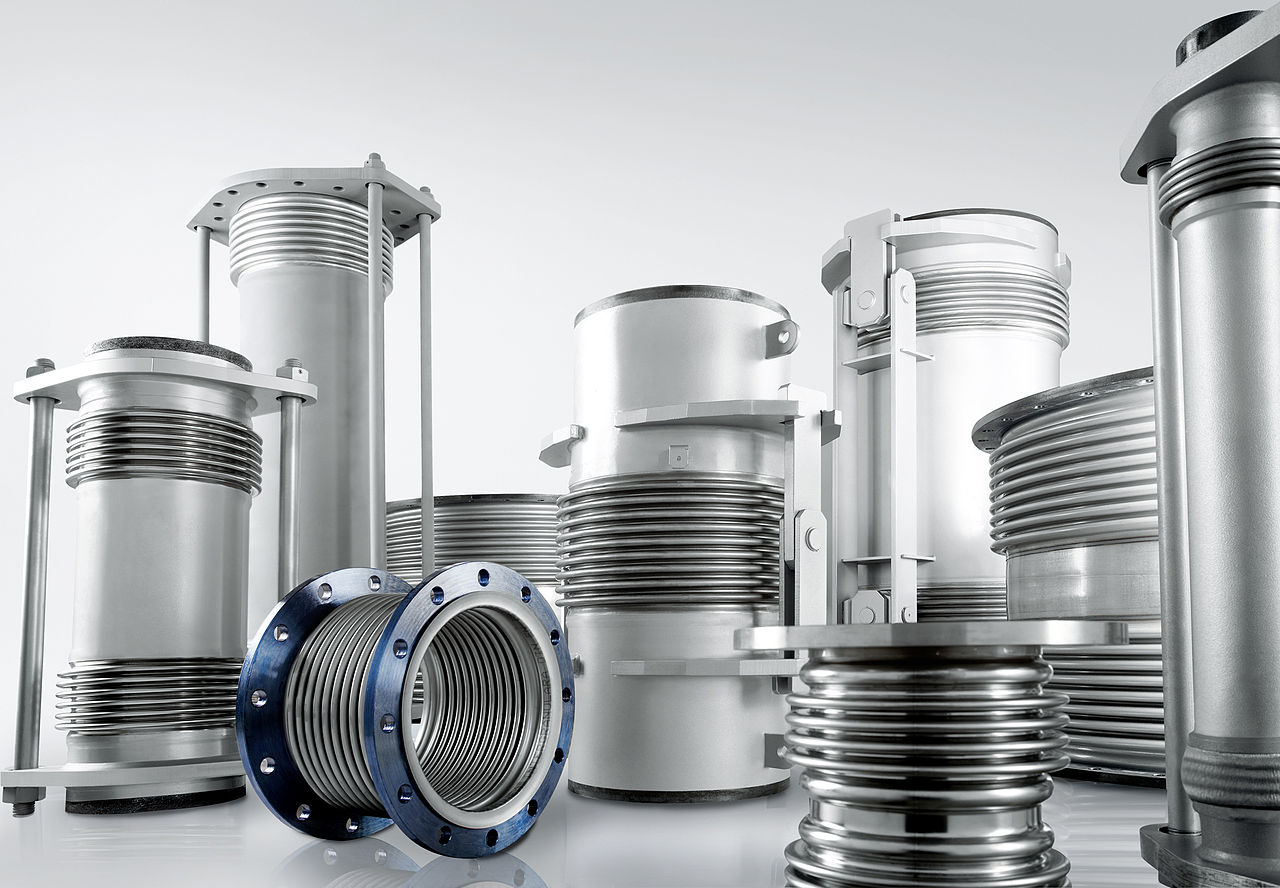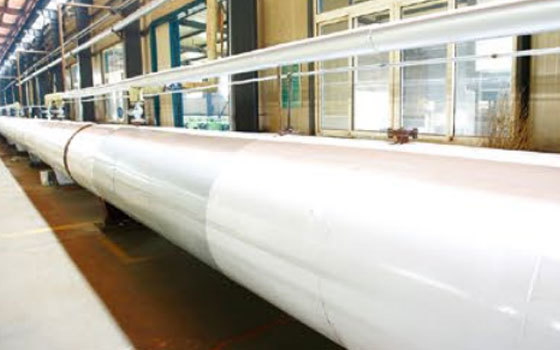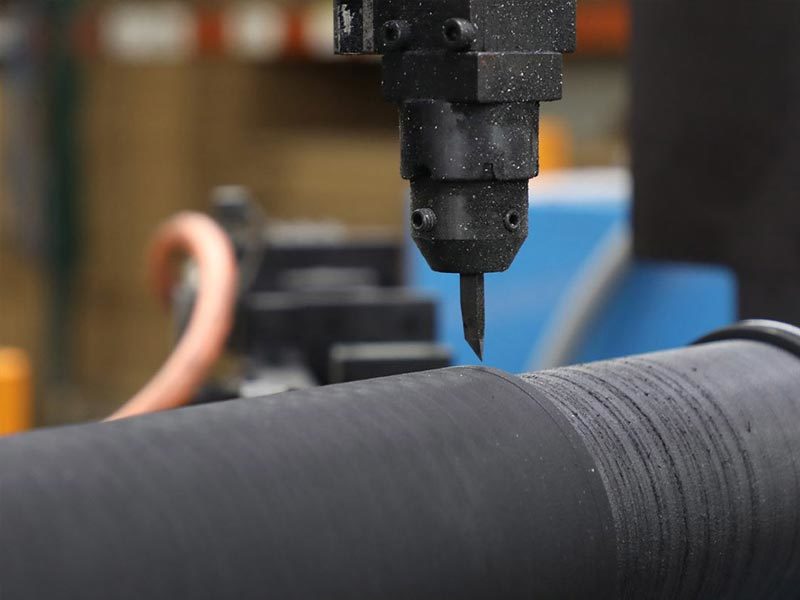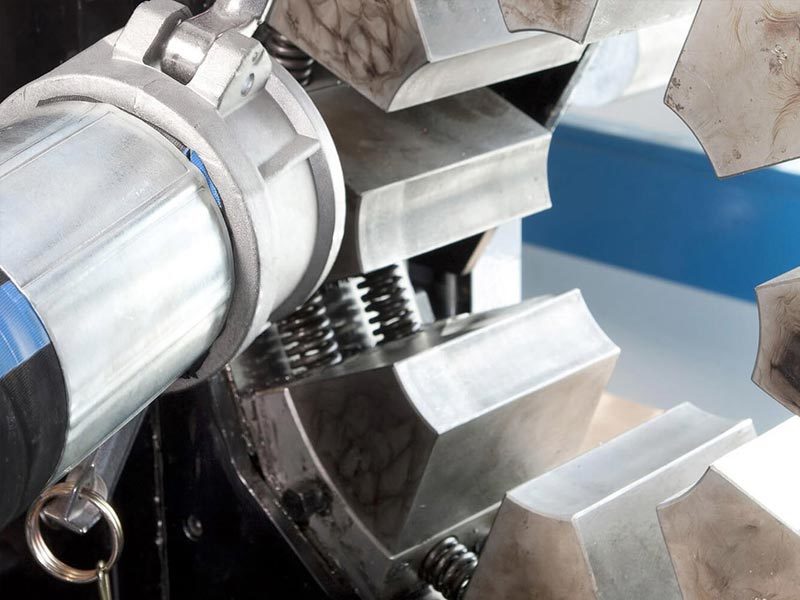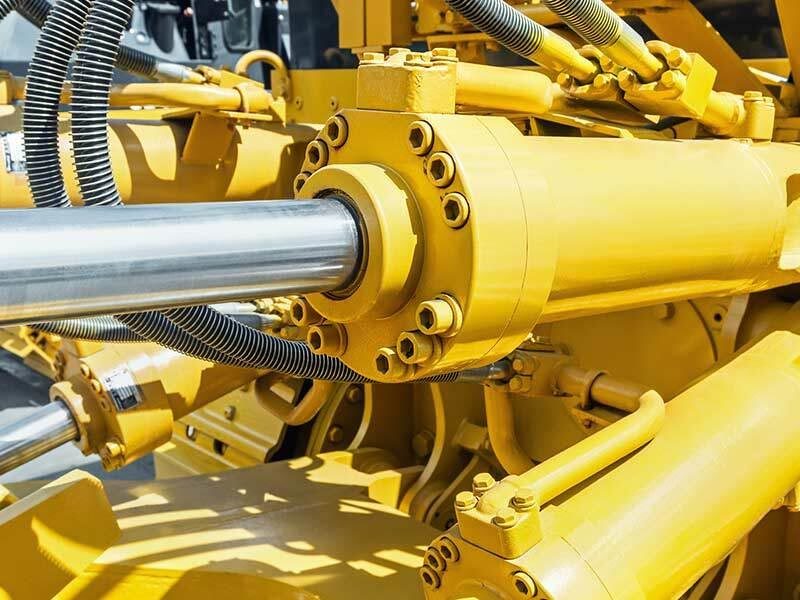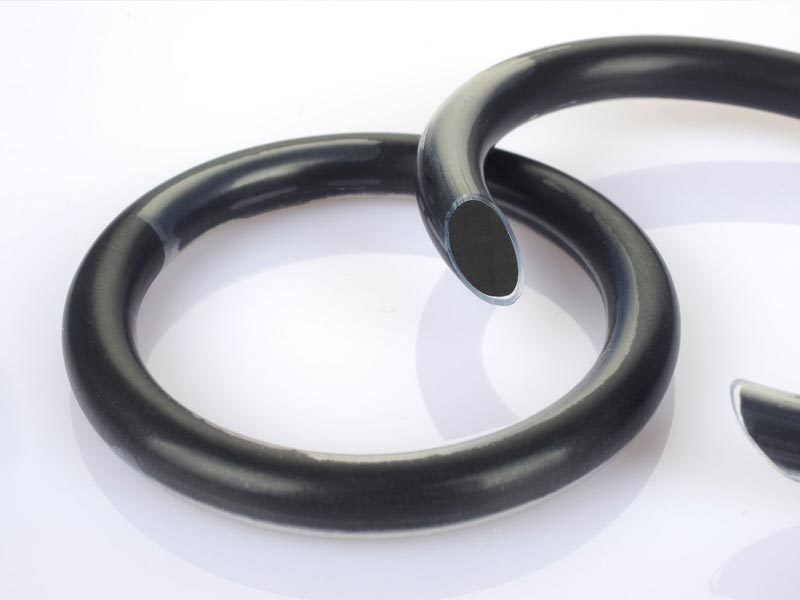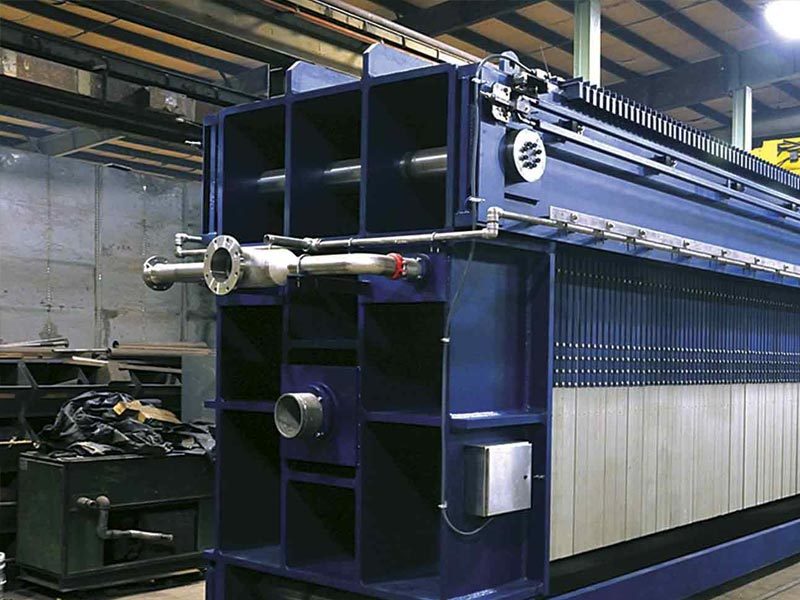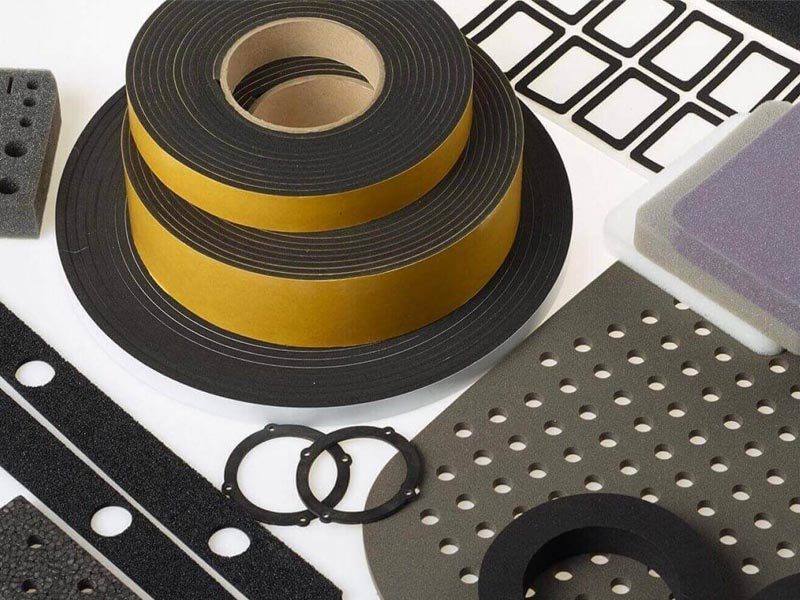
Several factors affecting the performance of seals
Release time:
2021-09-15
The movement speed is very low (≤0.03/s), and the stability of the equipment operation and whether there is a creeping phenomenon should be considered. When the moving speed is very high (≥0.8m/s), the lubricating ink of the device may be damaged, and the seals will be rubbed and heated due to the lack of good lubrication, resulting in a greatly reduced service life. It is recommended that the rubber-plastic seal is suitable to work within the speed range of 0.3m/s~1.2m/s.
1. Movement speed
The movement speed is very low (≤0.03/s), and the stability of the equipment operation and whether there is a creeping phenomenon should be considered. When the moving speed is very high (≥0.8m/s), the lubricating ink of the device may be damaged, and the seals will rub and heat due to the lack of good lubrication, resulting in a greatly reduced life. It is recommended that the rubber-plastic seal is suitable to work within the speed range of 0.3m/s~1.2m/s.
2. Temperature
Low temperature will reduce the elasticity of rubber-plastic composite seals, causing leakage, and even the entire oil seal will become hard and brittle. High temperature will make the oil seal volume expand and become soft, causing the friction resistance of the oil seal to increase rapidly and the pressure resistance capacity to decrease during movement. It is recommended that the continuous working temperature range of the rubber-plastic composite seal be -10~+80℃.
3. Work pressure
Oil seals have minimum start-up pressure requirements. Low-friction performance must be selected for low-pressure work. Oil seal with small aerodynamic resistance. Below 2.5Mpa, the rubber-plastic composite seal is not suitable. The pressure of the seal should be considered when the high pressure is used. There are also special requirements for the groove processing of the anti-extrusion retaining ring.
4. Working medium
In addition to selecting the working medium strictly in accordance with the manufacturer's recommendations, it is essential to keep the working medium clean. Aging or contamination of the oil will not only cause the components in the system to fail and accelerate the aging and wear of the oil seal, but the dirt in it may scratch or embed the seal, rendering the seal ineffective. Therefore, it is necessary to regularly check the quality of the oil seal and its cleanliness, and replace the oil filter or oil according to the maintenance specifications of the equipment. The high compression of the residual air in the oil in the oil cylinder will generate high temperature and cause the oil seal to burn out and even carbonize. In order to avoid this situation, exhaust treatment should be carried out at the beginning of the hydraulic system operation. The hydraulic cylinder should also run at low pressure and slow speed for a few minutes to confirm that the residual air in the oil has been discharged before it can work normally.
5. Side load
A support ring must generally be installed on the piston to ensure that the cylinder can withstand a large load. The seal and the support ring have completely different functions. The seal cannot replace the load of the support ring. For hydraulic cylinders with lateral force, a support ring with strong bearing capacity must be added. Leakage and abnormal wear caused by working under conditions.
6. Hydraulic shock
There are many factors that produce hydraulic shock, such as the moment when the excavator bucket suddenly hits the stone, and the crane lifts or puts down the heavy object. In addition to other factors, for high pressure and large flow hydraulic systems, when the actuator (hydraulic cylinder or hydraulic motor) changes direction, if the performance of the reversing valve is not good, it is easy to produce hydraulic shock. The instantaneous high pressure generated by the hydraulic shock may be several times the working pressure of the system, and such a high pressure will tear the oil seal or be partially involved in the gap in a very short time, causing serious damage. Generally, the cylinder with hydraulic shock should install a buffer ring and a retaining ring on the piston rod. The buffer ring is installed in front of the oil seal to absorb most of the impact pressure, and the retaining ring prevents the oil seal from being squeezed into the gap under high pressure, and the root is bitten.
7. The machining accuracy of the oil cylinder
Experiments have shown that the surface roughness Ra of the moving working surface in contact with the oil seal exceeds 0.8 μm, and the leakage and wear value of the oil seal will increase directly. Therefore, it is recommended that the moving working surface roughness be Ra0.1~0.8 μm. In order to ensure the rubber-plastic composite seal To avoid damage to the seal during the assembly process, the following aspects should be considered in the design and installation of the hydraulic cylinder:
1): cylinder barrel
a: Material: generally carbon steel, aluminum alloy, bronze, stainless steel, etc.
b: Surface quality and roughness: The inner surface generally needs to be honed, polished or rolled, and the roughness of Ra0.1~0.8μm is required, and no vertical and horizontal knife lines are allowed.
2): Piston rod
a: Material: generally carbon steel, chrome-plated steel, aluminum alloy, bronze, stainless steel, etc. can be used in low-pressure systems and good friction conditions.
b: Surface quality and roughness: The roughness is required to be Ra0.2~0.4μm, and the surface is plated with hard chromium after heat treatment. The piston rod of the hydraulic cylinder for construction machinery may be scratched by sand and gravel, and its surface hardness is required to be above HRC60.
c: Installation groove of oil seal
d: Local structural design
e: wear ring sliding fit gap f and oil seal extrusion gap
Related news
Mobile Website

Hebei Keweite Pipeline Equipment Co., Ltd.
Tel: +8618332535575
Mail:zfmn1234@gmail.com
Address: Meidel Industrial Park, Chengxi Development Zone, Jingxian County, Hengshui City, Hebei Province
Copyright © 2022 Hebei Keweit Pipeline Equipment Co., Ltd.


